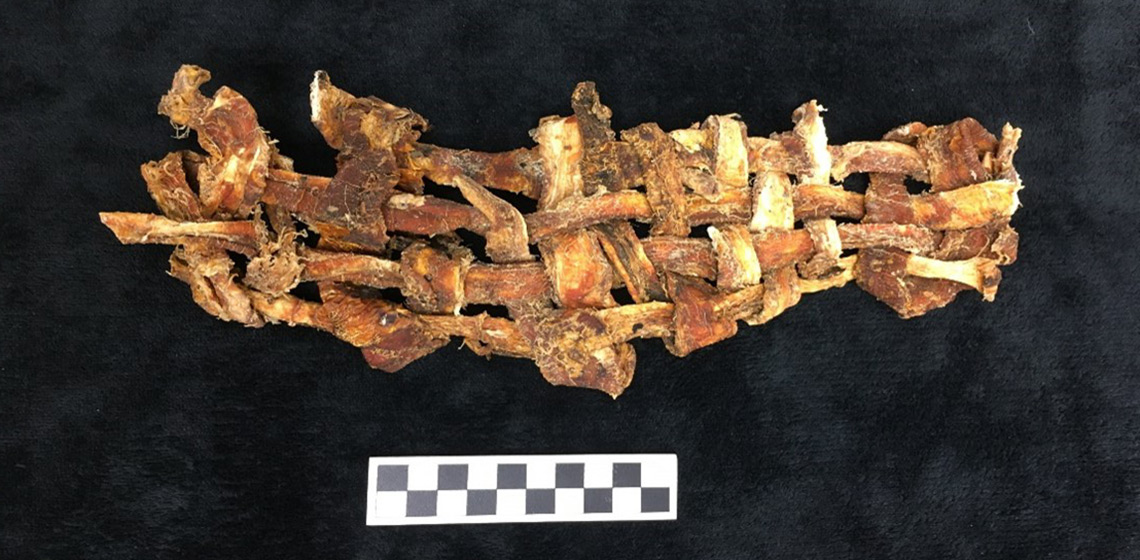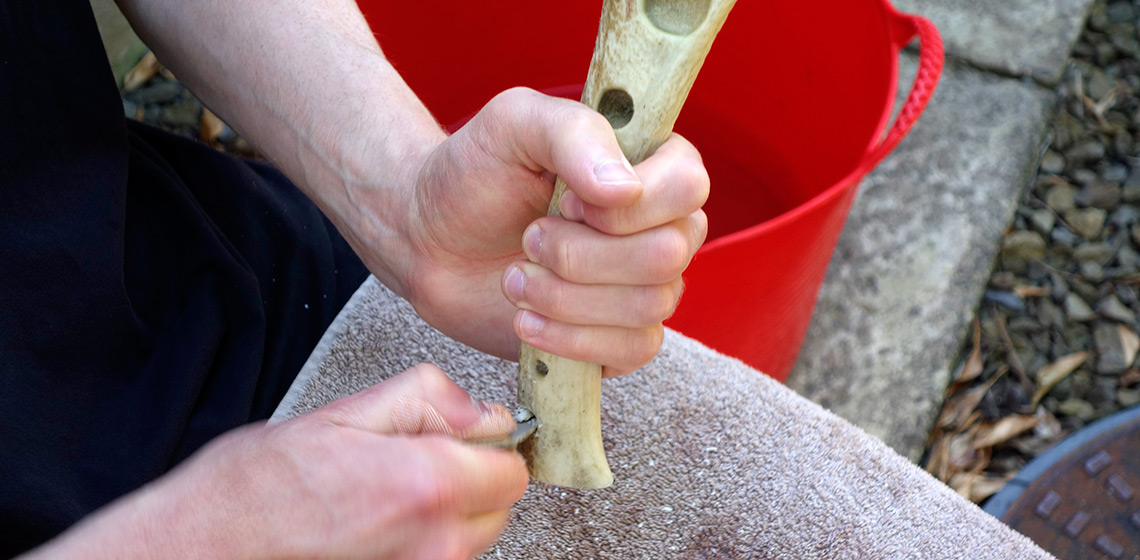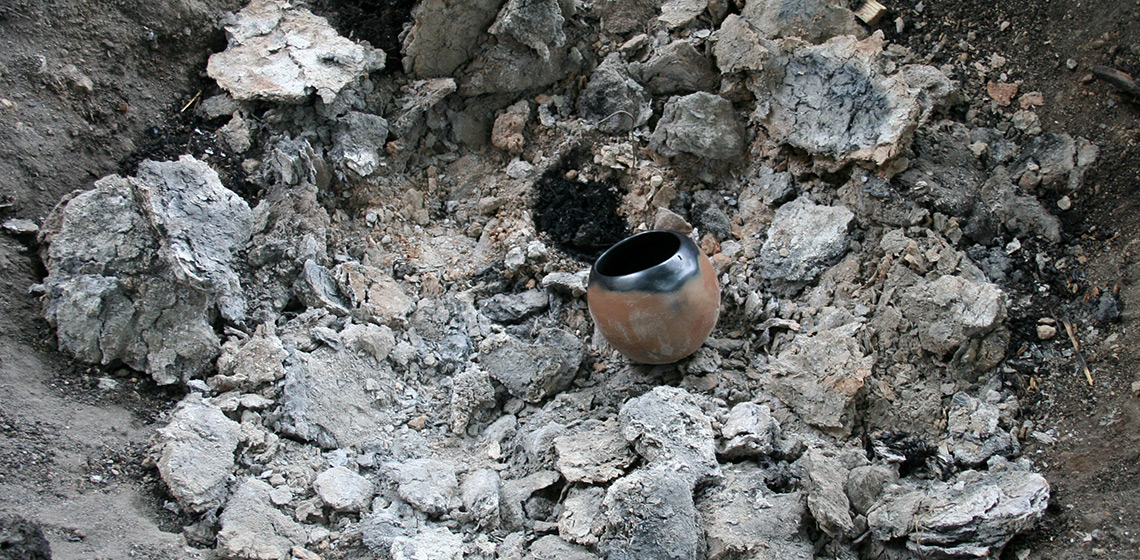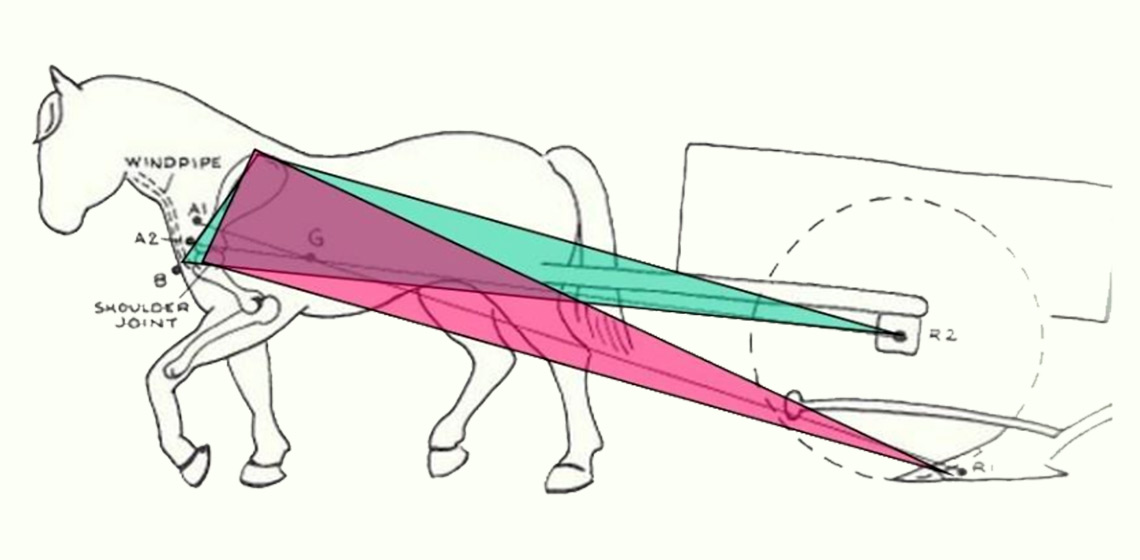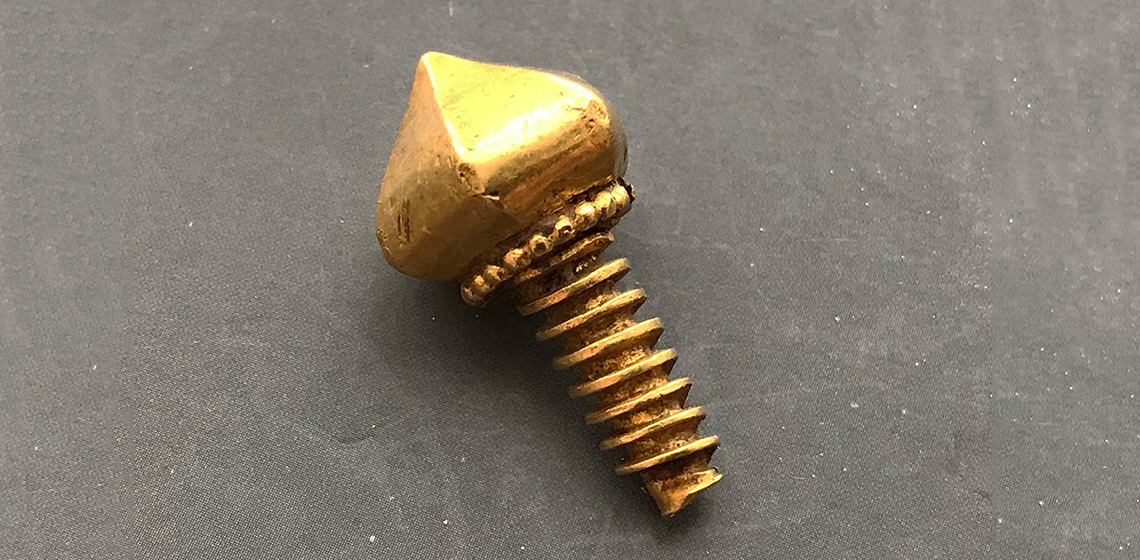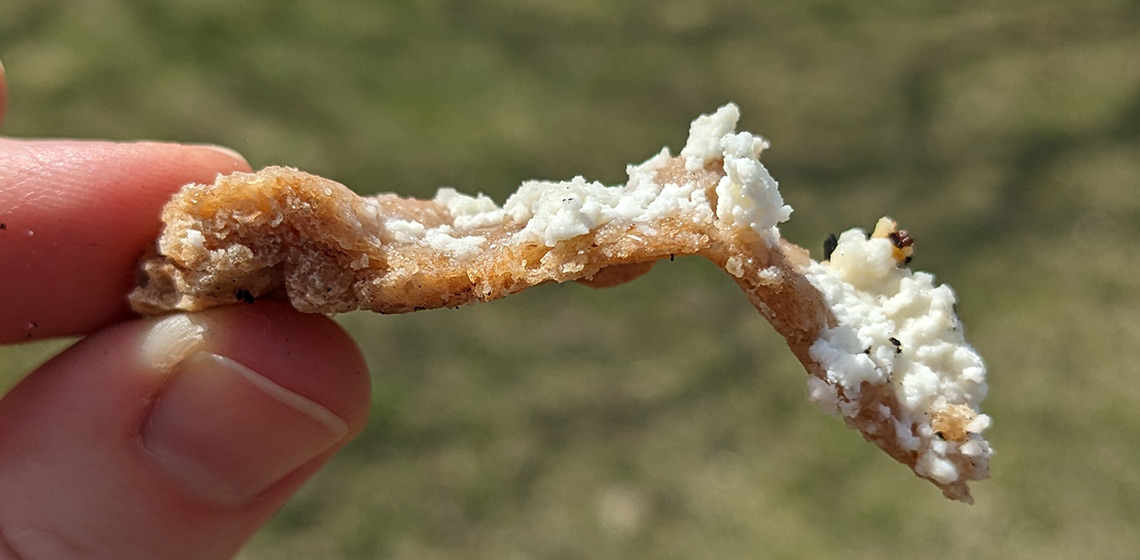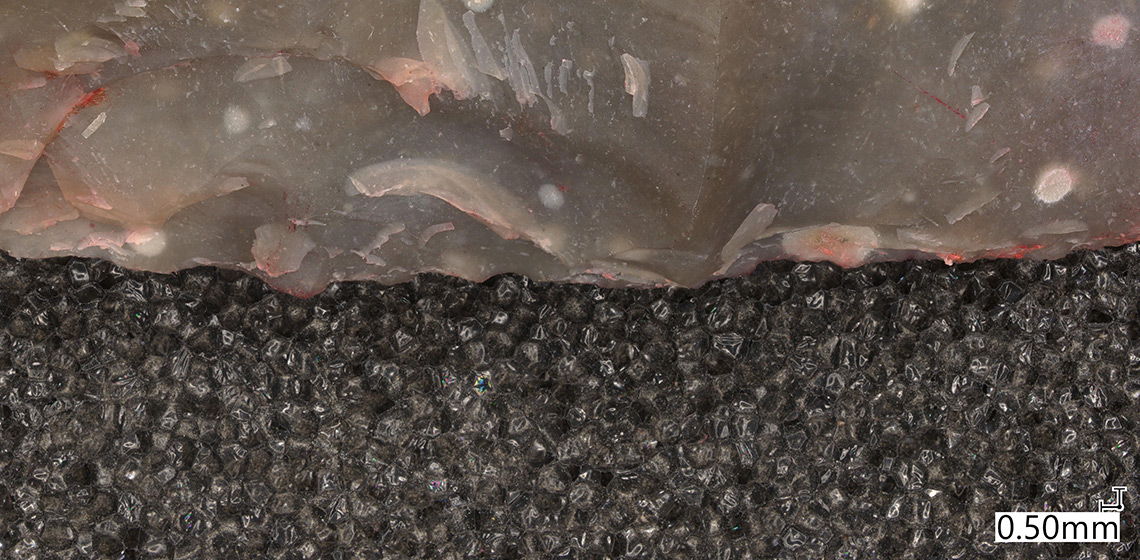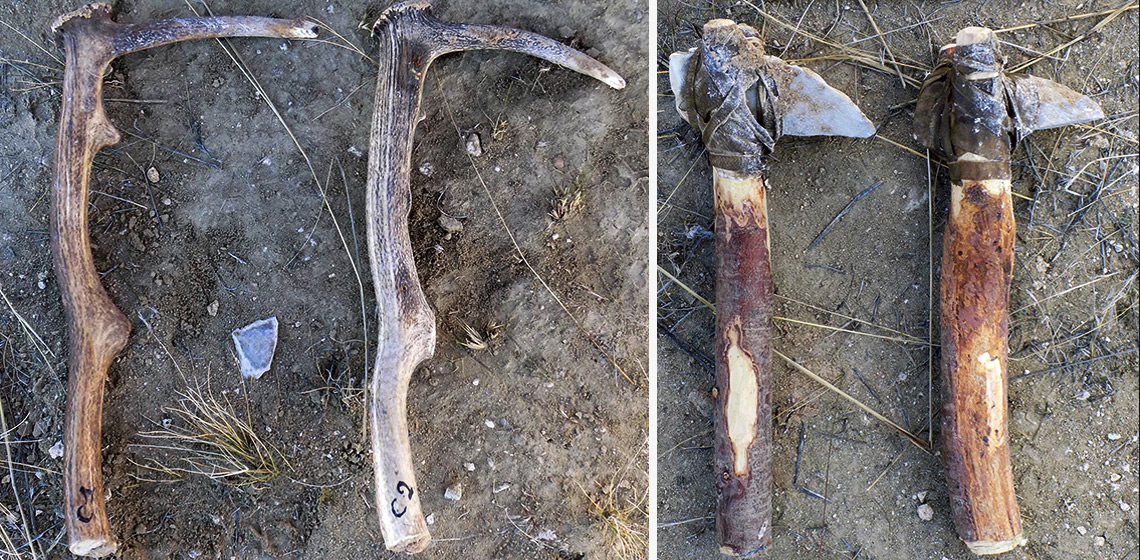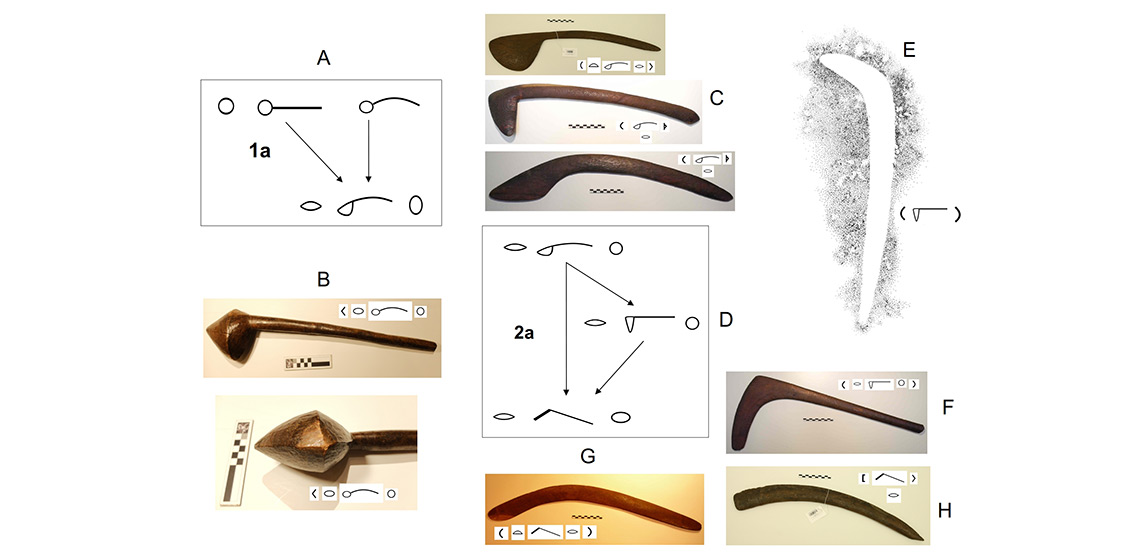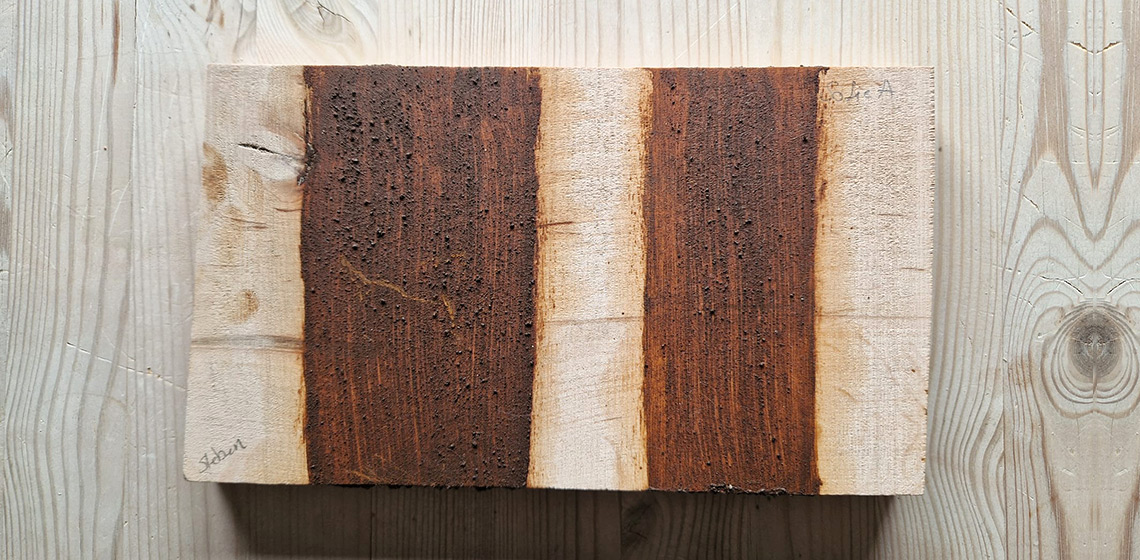Experimental Recreation of a Pumpkin (Cucurbita spp.) Leather Mat
The ethnohistoric record from the American Great Plains indicates that dried pumpkin (Cucurbita spp.) strips were often woven into mats as a form of food storage. This form of food storage was likely employed over large geographical areas and deep in time, but archaeological methods for identifying their production and use have been wanting...

